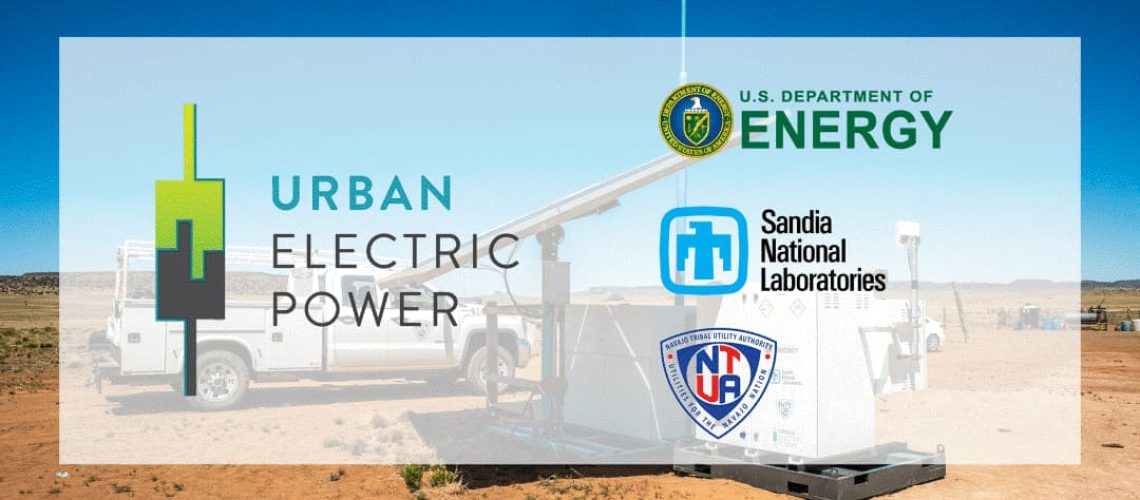More than 15,000 residents live without grid-supplied electricity on the Navajo Nation, which spans 17.5 million acres across parts of Arizona, New Mexico and Utah. To address their needs, the Navajo Tribal Utility Authority has installed 500 solar PV and energy storage systems of various kinds to date.

Sales and marketing month sponsor
Get Aurora AI & Get Back to Summer
Let Aurora AI do the heavy lifting for you so you can get out of the office and into the pool. See how Aurora can speed up your sales & design with one-click design magic. Learn more here
For more than a month, an off-grid family in the Navajo Nation has been running a 13-kWh alkaline battery-based energy storage system. This home was previously supported by lead-acid batteries, but the replacements, via Urban Electric Power, are part of a demonstration by Sandia National Laboratories’ Energy Storage Demonstration Projects team, and the Department of Energy’s Office of Electricity Energy Storage Program.
Derrick Terry, Renewable Energy Specialist for the Authority and a member of the Navajo Nation, told Sandia that the Authority “takes a three-pronged approach to deploying these systems — safety, reliability, and efficiency.” He said a 30-year partnership with Sandia “has helped us with the latest knowledge and technical advisement, so that we can deliver these systems to our remote families.”
“We can provide long life with no maintenance, as shown by the IEC Solar Protocol testing,” said Gabriel Cowles, Urban Electric Power’s VP of Commercial Strategy and Finance. “It’s the best of both worlds.” In addition, the standard zinc-manganese dioxide chemistry of these alkaline batteries is certified to pose no risk of “thermal runaway,” or hot, hard-to-extinguish fires, a problem that can face lithium batteries.
The technical details: Patented additives in Urban Electric Power’s cells allow for “facile proton intercalation and de-intercalation processes” to take place in the manganese dioxide cathode without leading to its crystal structure breakdown; that solves one of the main problems of current battery technology. Zinc self-discharge is also curtailed, allowing for greater reversibility and long-term use, and making their batteries ideal for microgrid applications. The materials used can easily be sourced from the existing $13 billion supply chain for alkaline batteries, increasing American energy security.
In practice, this accomplishes a few crucial things. One, these alkaline batteries don’t require regularly refilling an electrolyte as flooded lead-acid batteries do, which can be costly and inconvenient in such a remote location. They have been demonstrated to last up to eight years with minimal capacity fade. Two, these batteries have been tested to operate at more than 122° Fahrenheit (50° Celsius). And three, the removal of lead is important for Navajo Nation, who have had to deal with mining contamination and other toxic exposures in the past.
According to Dr. Imre Gyuk, who directs the DOE Energy Storage Program, “Tribal projects are not only an obligation for DOE, but they provide valuable experience for off-grid applications in the U.S. and abroad.”
Two more demonstration projects at Navajo homes are moving ahead with Urban Electric Power batteries.
Tags: Urban Electric Power



